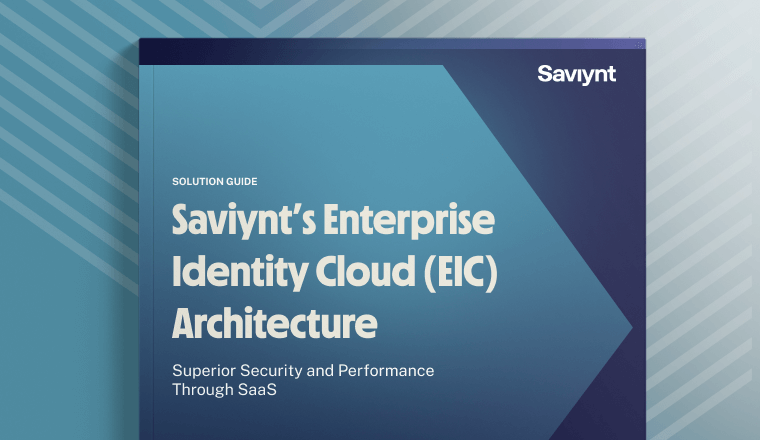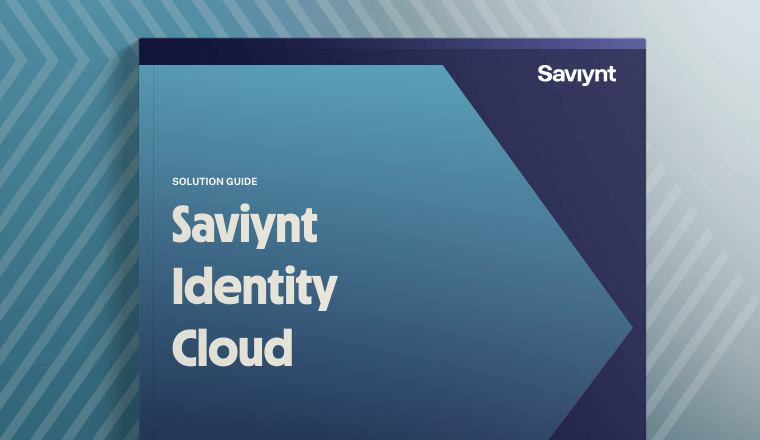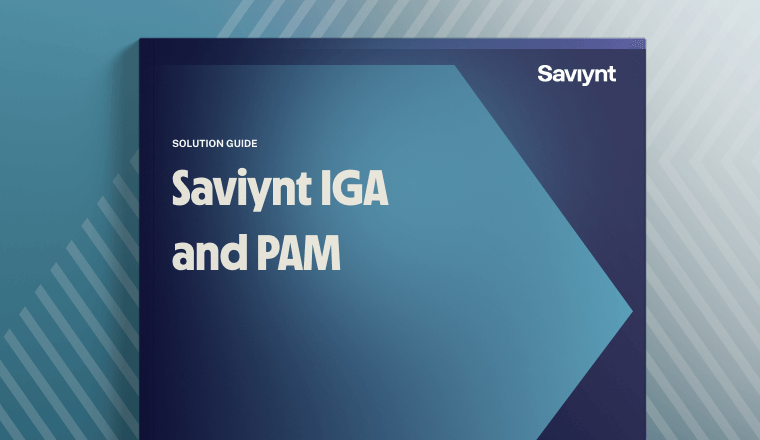What is Cloud Governance?
What does Cloud Governance / Cloud Identity and Access Management do?
Cloud Governance, also known as Cloud Access Governance or Cloud Identity and Access Management (Cloud IAM), uses automated tools to protect data security and privacy by enforcing “least privilege necessary” access controls for users within Infrastructure-as-a-Service (IaaS), Platform-as-a-Service (PaaS), and Software-as-a-Service (SaaS) cloud ecosystems.
In recent years there’s been a proliferation of cloud governance models, frameworks, and best practices for managing the new frontier of cloud security governance.
Cloud Governance in the Workplace
Enterprises experiencing digital transformation increasingly adopt cloud governance tools to meet business demands for elasticity, flexibility, and scalability. With hybrid IT becoming the norm, critical enterprise assets are now fragmented. Sensitive data or critical infrastructure already live in the cloud and outside the enterprise’s traditional perimeter. Given the new ecosystem, today’s enterprise needs to implement enterprise cloud security and governance best practices designed to ensure information security within the cloud governance model.
The responsibility for appropriate and consistent enforcement of compliance and security controls and policies is the responsibility of the enterprise. Because each cloud governance tool offers different degrees of control over security, identity has become the primary factor that brings together security and trust.
Identity Governance and Administration (IGA) tools don’t always meet the need to secure some types of identities such as users, devices, business partners, customers, etc. In addition, most IGA tools only understand coarse-grained access and cannot be easily extended to secure data, infrastructure, and fine-grained application entitlements.
Security Concerns in the Cloud
Risks Associated with Data Platforms
Any user with read rights to a file can share it if a DAC (Discretionary Access Control) model is in place-
Users can share files freely on the internet
-
Untrackable file links can be shared anonymously
-
Users can log in from anywhere and download, print, or screenshot files
-
Encryption of data doesn’t fully protect from risks presented by authorized accounts
Risks Associated with Infrastructure Platforms
-
Mistakes in managing access present significant risk. For example, if a data center is taken offline
-
The capabilities of these platforms are vast and complicated with hundreds of features
-
Access management is extended to entities like servers and databases
-
In AWS, service access is controlled through JSON objects, which have to be read in the case of audit to confirm the access they provide
Risks Associated with Software-as-a-Service (SaaS)
-
Critical data related to HR, customers, and finances is now in the cloud
-
Logging is inconsistent and, in many cases, not robust enough
-
Not always easy to tell who has access to what data
-
Many companies sync access with Active Directory via SSO, resulting in inadequate protection
-
Super users are regularly unmanaged
-
Lack of segregation of duties
Saviynt & Cloud Governance
Enterprises using cloud governance tools present a unique security challenge and require a forward-thinking approach that focuses on identity as the new security perimeter. Leveraging the following cloud security and governance best practices best positions your organization to mitigate the security risks presented by operating in the cloud:
- Import fine-grained access permissions and usage activity so you understand who is doing what and who has access to what
- Intercept access grants to files or roles, and evaluate new instances against current business policies
- Classify your data in the cloud based on content, identity, access, and usage
- Standardize policies for requesting data from specific cloud-based applications
- Leverage continuous controls monitoring for all cloud applications, collaboration, or infrastructure vendors
- Put in place fine-grained application entitlements and certify critical data access, orphan and critical infrastructure components
- Ensure separation of duties across all cloud providers
- Use advanced behavioral models to detect abnormal user or system behavior
The Enterprise Cloud Security and Governance Tools You Need to Secure Your Business in the Cloud
Saviynt’s Identity Cloud is built in the cloud for the cloud and is the only FedRAMP-authorized SaaS solution for Identity Governance and Administration (IGA) and Cloud Privileged Access Management (CPAM).
The fundamentals of IGA align closely with the requirements outlined in Federal Identity Credential and Access Management (FICAM). Saviynt Identity Cloud is a modular, converged cloud platform developed entirely in-house using a single code base without bolted-on solutions from third-party acquisitions to complicate the implementation process. Each solution can operate independently, allowing customers to select the product that suits them – and integrate Identity Cloud with existing solutions.
Resources


